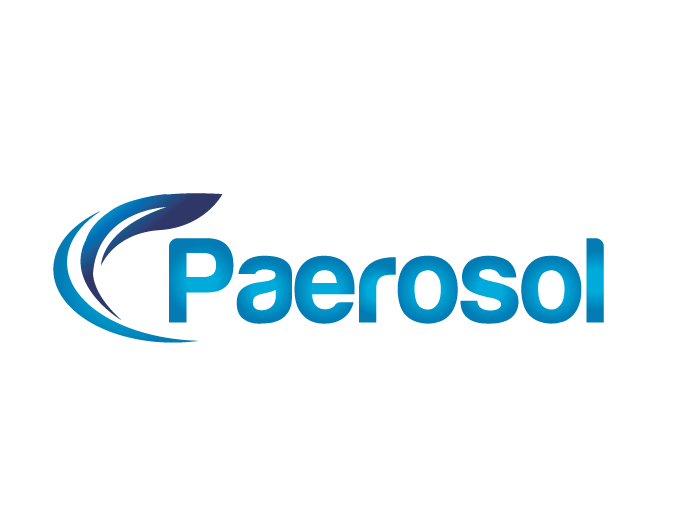Disinfecting should be a priority for elementary schools, high schools, and all educational facilities to lower the risk of infection among students, teachers, and faculty along with keeping them healthy and safe from germs. “Providing students and staff with safe and decent school facilities is one of the basic elements of quality public education”, says EdSource. For students to thrive at school they must remain healthy which can only be done through proper disinfecting and sanitizing.
With students already back in school, educational systems must protect against the highly contagious new strain of COVID-19 along with flu season approaching. Having a highly effective and safe disinfectant your staff can trust will ensure your school stays safe from infections and illnesses all school year long.
Prevent the Spread of Diseases and Allergies
Getting sick is part of being a kid, but sickness can spread fast in settings like schools and quickly become a widespread issue. Schools should take precautions to prevent illnesses from spreading by making effective disinfection routine. COVID is also a concern school staff must worry about and is even more of a reason to ensure disinfecting is being properly carried out.
Allergies can also become a major issue in schools due to the high amounts of dust and dirt particles commonly found in classrooms. Ensuring areas have been wiped down and cleaned properly can help decrease the number of allergens present in classrooms.
Air pollution is a major contributor to allergies and should be taken into consideration when cleaning. According to Lung.org, “Air pollution in schools can affect how children learn and harm their growing lungs. It can also cause health problems for faculty and staff”.
When considering the steps needed to ensure your students and staff are safe and healthy, you must first understand the difference between cleaning, disinfecting, and sanitizing. The CDC defines cleaning as using soap or detergent and water to physically remove germs from surfaces. Disinfecting is the method of using chemicals to kill germs on objects or surfaces. Lastly, sanitizing is either cleaning or disinfecting surfaces or objects to lower the risk of spreading infection by decreasing the number of germs.
Germs can be persistent and hard to manage, especially with so many people in close contact. “Most studies have shown that the flu virus can live and potentially infect a person for up to 48 hours after being deposited on a surface”, according to the CDC. Therefore, daily sanitizing of surfaces and objects that are touched often is necessary. This includes objects such as desks, countertops, keyboards, doorknobs, phones, and toys.
Create a Better Learning and Teaching Environment
To feel supported and confident in their school community, faculty, nurses, and students need their health to be a priority. The Cleaning Institute says that cleanliness is a priority for everyone to thrive in a school setting. Students and teachers can learn and teach better when they are in the classroom and not out sick.
“Cleanliness ranked as the fourth most important building element to impact students’ personal learning”, says FacilitiesNet. When the environment school staff and students are surrounded by is clean, each person spend less time distracted and worried about any health concerns and more time focused on learning and teaching.
Attendance Rate Increases
“According to the CDC, 40 percent of children aged 5-17 missed three or more school days in the past year because of illness or injury. Overall, nearly 22 million school days are lost each year due to colds alone, and 38 million school days are lost as a result of the flu”, says InfectionPeventionandYou. The healthier students you have, the more students are going to attend their classes. The best way to keep staff and students in school is to keep them healthy.
Paerosol Keeps Schools Clean
Disinfecting school environments using safe disinfectants is a major concern of facilitators. The CDC says, “Special cleaning and disinfecting processes, including wiping down walls and ceilings, frequently using room air deodorizers, and fumigating, are not necessary or recommended. These processes can irritate eyes, noses, throats, and skin; aggravate asthma; and cause other serious side effects”. Paerosol’s main disinfectant ingredient, hypochlorous acid, contains no harmful side effects, is non-irritating, and non- stinging making it the perfect disinfecting agent for these environments.
Paerosol’s Dry Spray Technology™ is EPA approved and delivers a disinfectant that is proven to eradicate air- and surface-borne mold, bacteria, and viruses at a rate of up to 99.9999% efficacy. It has the power to eliminate all harmful pathogens in the air and on all surfaces within any facility including classrooms, gyms, cafeterias, and locker rooms.
Paerosol implemented the patented Dry Spray Technology™ in Corbett Preparatory School located in Tampa, Florida in June of 2020. Corbett chose Paerosol due to its effectiveness in mitigating bacteria, mold, and illnesses such as the flu and COVID-19 virus. Since the adoption of the Dry Spray Technology™ across Corbett Prep’s 17 buildings, the school has not reported a single case of the flu or COVID-19 virus!
Read the Paerosol article on Paerosol’s effectiveness in schools!
Contact us today to start keeping your students and staff safe from germs!
